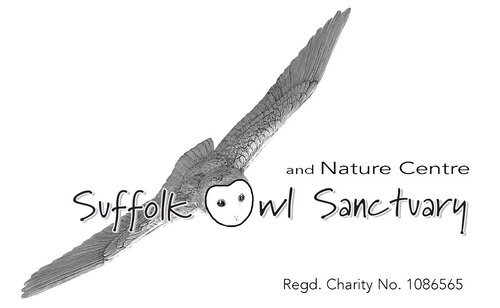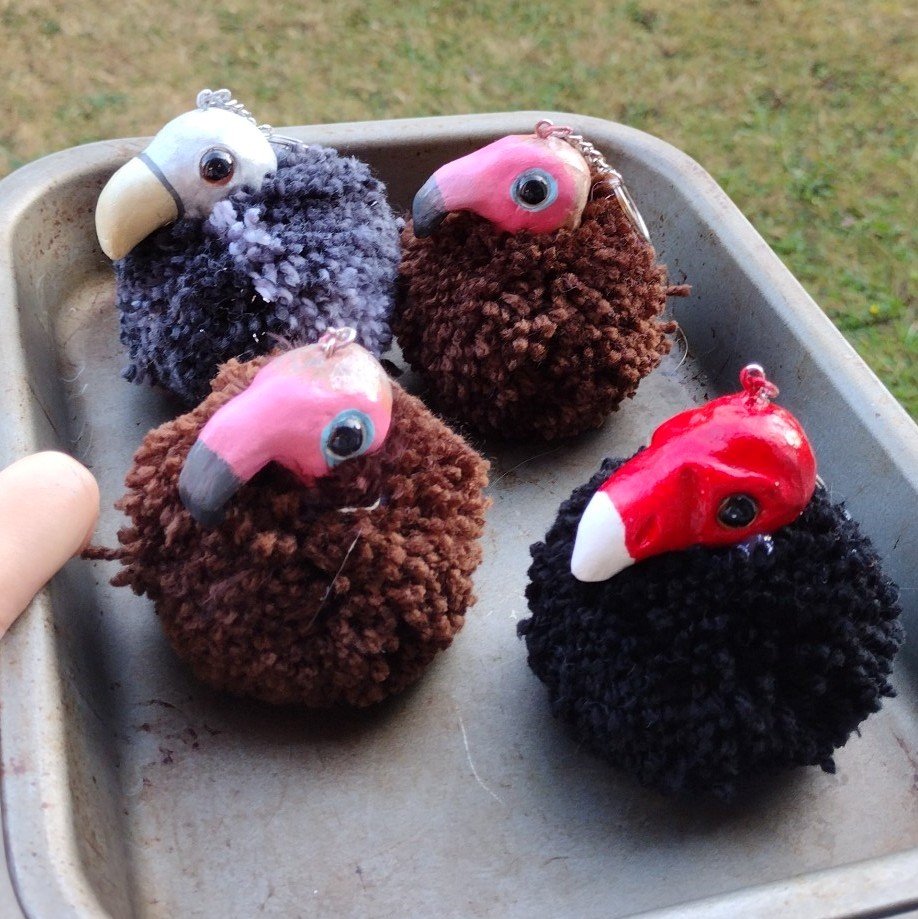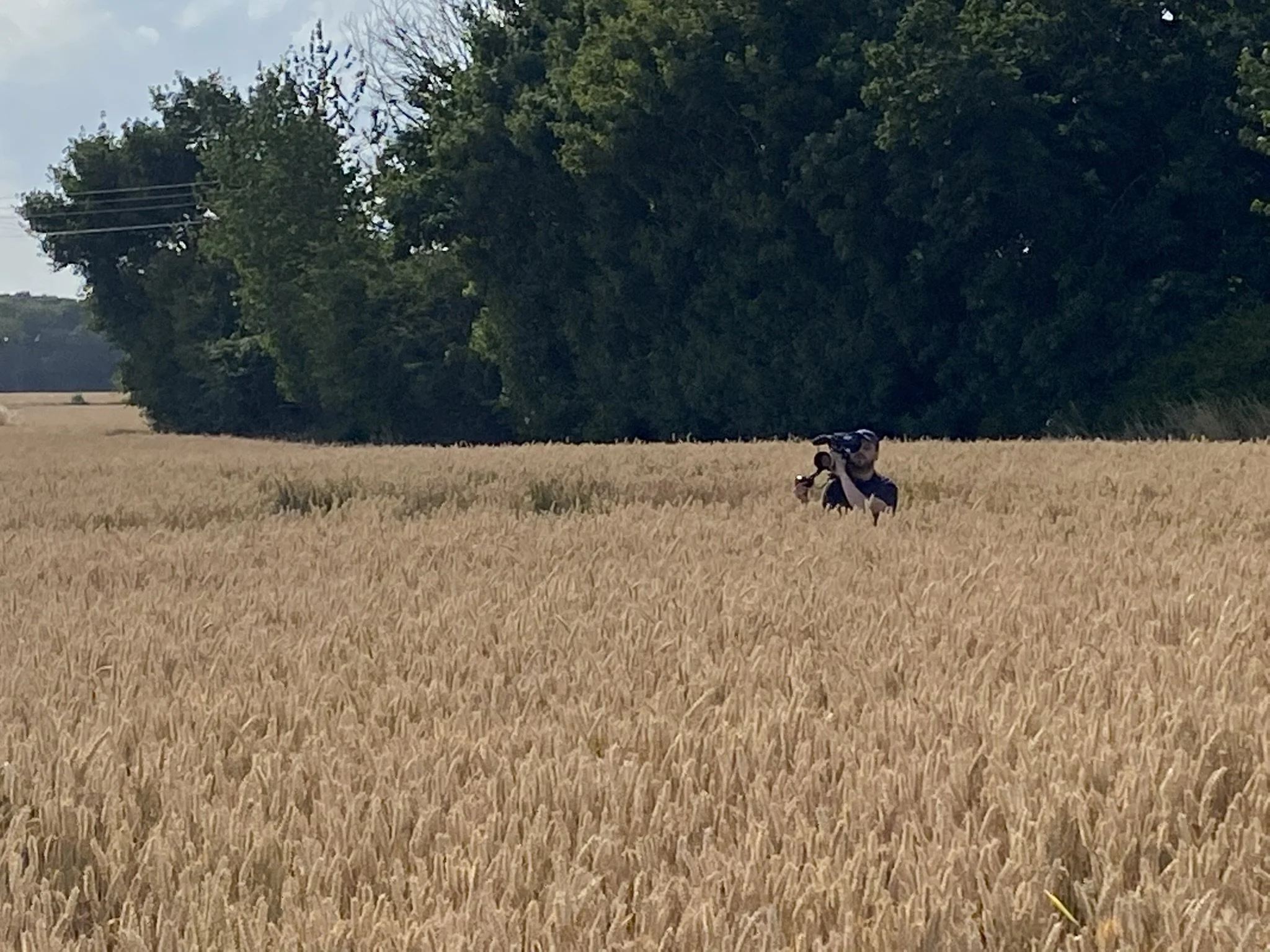Our team enjoyed preparing for Half Term Week this year, creating lots of spooky enrichment for our animals and birds, and helping to theme the Sanctuary. In previous years, we have been unable to decorate too much due to us still flying birds, but due to local Avian Influenza cases meaning our Flying Team are grounded, we put in the effort for our visitors.
With the removal of the back weatherings, this area was looking a bit neglected. Dolly, Jade and Izzy created Sully the Scarecrow and turned the muddy ground into his very own pumpkin patch to protect.
They have also been assisted by a new temporary member of our team, Skelli, who has been with us on a work placement. Skelli is very hard working and has assisted with all sorts of jobs, from cleaning out enclosures, helping with some maintenance and gardening jobs and doing some admin jobs too.







Fred our Crested Caracara has been hired as chief security against any spooky goings on. He’s conquered monsters, battled with ghosts and has scared off all the witches!
He has been helped by Stanley our Striated Caracara, who is in charge of Creepy Crawly Control, Auckland our Boobook Owl who takes over for the Night Watch and Nelson our Burrowing Owl who is our Bouncer, checking everyone when they arrive to make sure they’re not sneaking in with any miscreants.
Our Meerkats and Ferrets have also been deployed to scare off any intruders.
We hope that our visitors enjoyed visiting us during half term. We are still open, but will be closing at 4.30 from October 31st, owing to it getting dark earlier. This time will get earlier as we approach Christmas, so please check on our website or social media for up to date information.



















































































